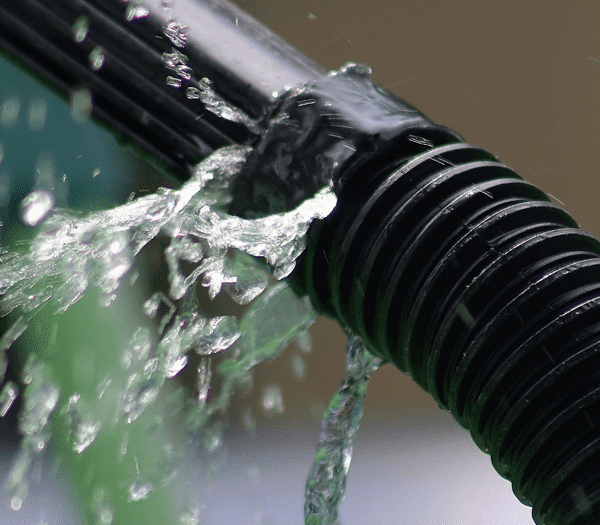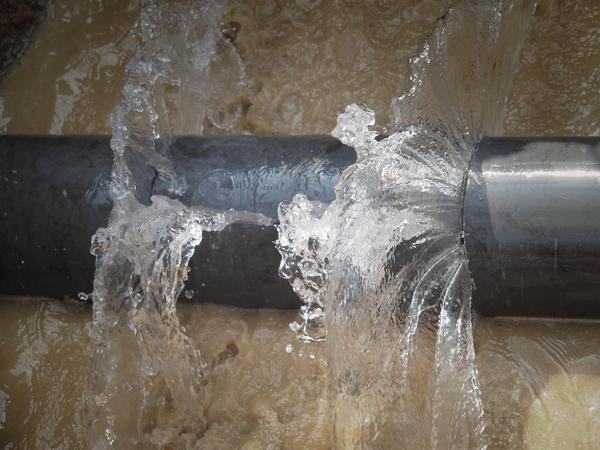How do you actually feel with regards to How to Prepare for Your Dishwasher Installation?

A ruptured pipe is a significant emergency; you can only stand as you see water you pay very much to reunite with the planet. In worse instances, you notice a pool on your kitchen flooring, which is a terrific trip risk, specifically if you have children around. If the pipeline that burst was in your walls, bad news: you might need to repaint that whole area.
How can a catastrophe like a ruptured pipe be stopped and handled? Well, by listening to your expert emergency plumbings as well as complying with these guidelines.
How do I know when my pipelines have burst?
Rising and fall water pressures
Pipes do not simply burst in a day. You might have noticed that your kitchen faucet or shower does not run quickly when you transform the faucet. It may stop for a couple of secs and after that blast you with more pressure than normal.
In other circumstances, the water may appear normal in the beginning, then decrease in pressure after a few seconds.
Contaminated water
Many people think a burst pipeline is a one-way electrical outlet. Fairly the contrary. As water flows out of the hole or gouge in your plumbing system, impurities locate their way in.
Your water might be polluted from the source, so if you can, inspect if your water storage tank has any type of issues. Nevertheless, if your alcohol consumption water is provided as well as detoxified by the city government, you should call your plumber right away if you see or scent anything funny in your water.
Puddles under pipelines and sinks
When a pipeline ruptureds, the discharge develops a puddle. It might show up that the puddle is growing in dimension, as well as regardless of the number of times you mop the puddle, in a few mins, there's one more one waiting to be cleaned up. Typically, you may not have the ability to trace the pool to any kind of noticeable pipes. This is a sign to call a professional plumber.
Wet walls and water spots
Before a pipe bursts, it will leakage, a lot of times. If this relentless dripping goes unnoticed, the leakage may graduate right into a broad gouge in your pipeline. One simple way to avoid this emergency is to keep an eye out for wet walls advertisement water stains. These water discolorations will lead you right to the leak.
Untraceable leaking noises
Pipeline bursts can happen in one of the most unpleasant areas, like within concrete, inside walls, or under sinks. When your house goes silent, you might be able to listen to an irritatingly persistent trickling noise. Also after you've inspected your shower head and kitchen area tap, the leaking might proceed.
Precious reader, the leaking might be coming from a pipeline inside your walls. There isn't much you can do concerning that, except inform an expert plumber.
Turn up the Warm
Establish fans to blow warmth into chilly areas. Keep the garage door shut. If you have actually decreased water flow, warm the most susceptible pipelines (usually in cellars and also crawl spaces or near exterior walls) with a hair clothes dryer. Leave the faucet on while you use heat. As you melt ice, the circulation will certainly increase. To avoid pipelines from cold, insulate your wall surfaces.
Start Doing Away With the Water
Order the mop, containers and also a store vacuum to start to do away with the water due to the fact that you certainly do not want it soaking right into every little thing else in the house. Plus, a quick clean up will certainly lower the chances of something getting musty.
What do I do when I detect a ruptured pipe?
Your water meter will continue to run even while your water wastes. To lessen your losses, locate the major controls and transform the supply off. The water pipe are an above-ground structure at the edge of your residential property.
How to Fix & Detect a Leaking Pipe
How Do I Know if a Pipe is Leaking?
Leak detection tests can help you determine if your pipe has a leak. Even if you don’t see an apparent leak, you should still conduct leak detection tests regularly to save water and money—and prevent major damage to your home.
- Water meter. It can be helpful to figure out what your usual water meter usage numbers are and then monitor them regularly. To monitor your meter, first, turn off all water faucets in your home. Check the meter and write down the numbers. In a few hours, check the meter again. If the numbers have changed, you have a leak.
- Water gauge. Use a water gauge to test your water pressure. Your showerhead should produce a certain amount of water pressure based on its model and design. If the pressure is lower than it is supposed to be for that specific showerhead, your home likely has a leak.
- Puddles. Look inside your bathroom, laundry, and kitchen sink cabinets. Puddles around the cabinets or around toilets, tubs, showers, and washing machines indicate the presence of a leaking pipe. You may also notice loose tiles, peeling or flaking paint, or mold caused by water accumulation.
- Napkin test. Even if you don’t see any puddles, you may still have a leak. You can test for water leaks in the bathroom, laundry, and kitchen by wiping below-sink connections with a napkin, paper towel, or piece of toilet paper. If it becomes damp, you probably have a leaking pipe under the sink.
- Discolored walls. Walls that are discolored—usually with brown or yellow stains—or bulging might mean that they have been impacted by water damage caused by a leaking pipe.
- Smell. A leaky pipe will create sitting water, and over time, that water may develop a musty smell. If your home smells musty, but you can’t locate the source, it may be due to a leak.
Steps for Fixing a Leaking Pipe
- A leaky drain can be remedied by tightening the pipe base, replacing the drain seal, caulking the rim, and tightening the pipe nut.
- Similarly, a leaking toilet pipe can be treated by tightening the packing nut. You may also need to replace the valve.
- A leaky faucet may just need tightening or replacement of the washers. If that doesn’t work, consider replacing your faucet.
- If your pipe has a hole in it, you may want to use a pipe leak sealer or pipe leak tape. This quick fix for water pipe leaks can also temporarily fix a copper pipe leak.
https://www.ahs.com/home-matters/quick-tips/how-to-tell-if-pipes-are-leaking/

As a devoted person who reads about How to Prepare for Your Dishwasher Installation, I figured sharing that piece of content was really useful. Are you aware of another person who is involved in the niche? Feel free to share it. I enjoy reading our article about How to install a dishwasher safely.
Fix it today!
Comments on “Detecting and Swiftly Addressing a Burst Pipe: A Practical Approach”